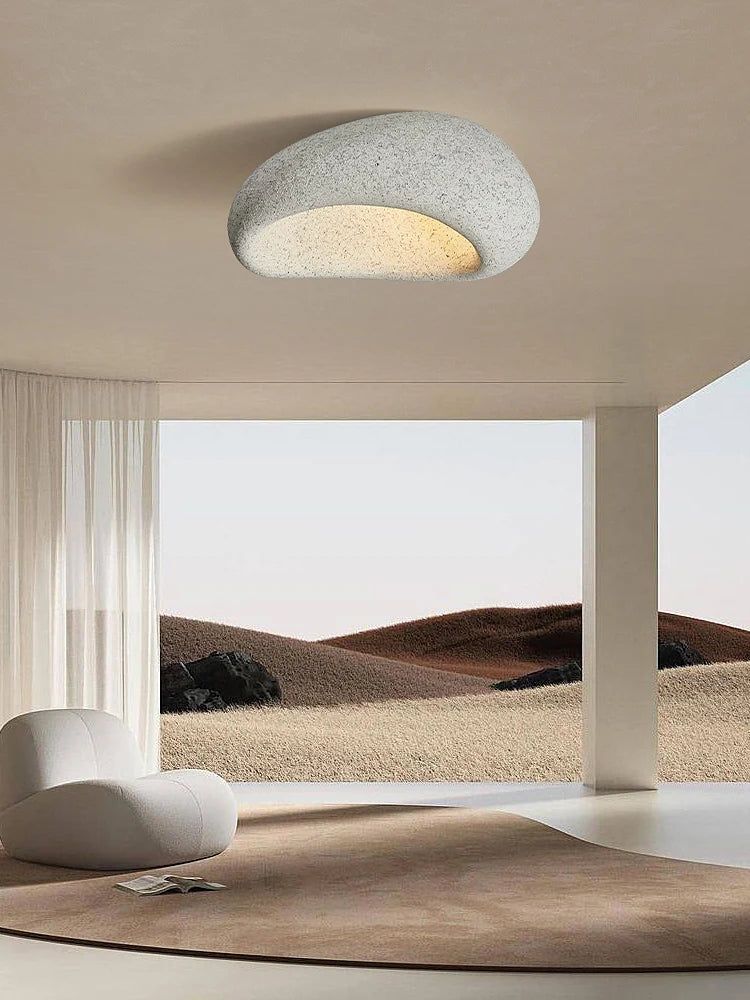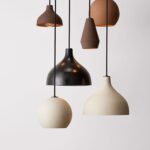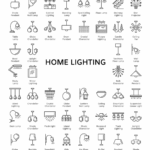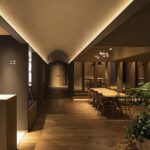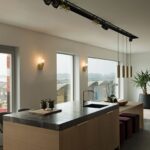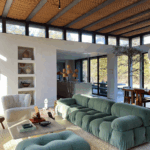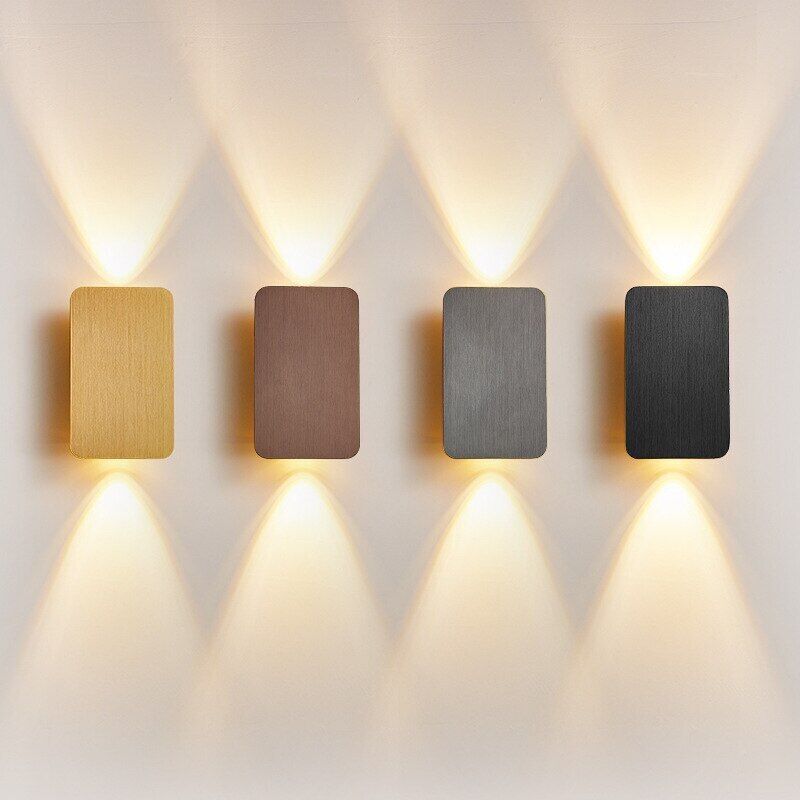
Indoor lighting refers to the artificial illumination used inside buildings to create a comfortable, safe, and aesthetically pleasing environment. There are various types of indoor lighting fixtures, including ceiling lights, wall sconces, floor lamps, and table lamps, each serving a different purpose in providing illumination. The choice of indoor lighting can have a significant impact on the mood, ambiance, and functionality of a space. For example, task lighting is used to provide focused illumination for specific tasks such as reading or cooking, while ambient lighting creates a warm and welcoming atmosphere in a room. Additionally, accent lighting can be used to highlight architectural features or artwork. Advances in technology have led to the development of energy-efficient LED lighting, which not only reduces energy consumption but also offers a wider range of color options and dimming capabilities. Overall, indoor lighting plays a crucial role in enhancing the overall design and functionality of indoor spaces, making it an essential aspect of interior design.
Indoor lighting plays a crucial role in creating a comfortable and inviting atmosphere in any space. Proper lighting can enhance the overall design of a room, highlight architectural features, and even affect our mood and productivity. There are several types of indoor lighting options to choose from, including ambient, task, and accent lighting. Ambient lighting provides overall illumination to a room, while task lighting is more focused and helps with specific activities such as reading or cooking. Accent lighting, on the other hand, is used to highlight certain objects or areas in a room to create visual interest.
When it comes to indoor lighting fixtures, there is a wide range of options available, from overhead ceiling lights to table lamps and wall sconces. Each type of fixture serves a different purpose and can be used to achieve specific lighting effects. For example, pendant lights are great for creating a focal point in a room, while track lighting can be used to illuminate artwork or highlight architectural details. Dimmer switches are also a popular choice for indoor lighting, as they allow you to adjust the brightness of the lights to suit your needs and create the desired ambiance.
It’s important to consider the color temperature of indoor lighting when choosing fixtures for your space. Warm white light (2700-3000K) is often used in living rooms and bedrooms to create a cozy and inviting atmosphere, while cool white light (3500-4100K) is more appropriate for task-oriented areas such as kitchens and home offices. LED lighting has become increasingly popular in recent years due to its energy efficiency and longevity. LEDs come in a variety of color temperatures and can be used in a wide range of indoor lighting applications. Overall, indoor lighting is a key element of interior design that can greatly impact the look and feel of a space.
 Decor ideas Style Starts Here
Decor ideas Style Starts Here
